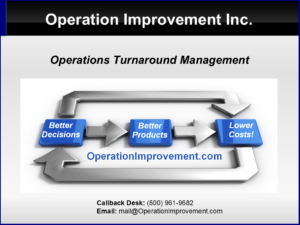Previous Blog Posts
June 20, 2025
Got Two Minutes?
Follow us on “X” (Twitter)
- What Project Management Certifications May Not Teach You
- Procedure or Process?
- Let’s Not and Say We Did
- Executive, Director, Manager, Front Line: Roles and Responsibilities.
- Inspiration…How the Walkabout Approach Evolved.
- Call Center Strategy
- Frame of Reference: The Rest of the Story
- Division of Labor in Decision Making
- Rational Team Building
- Criticism, Responsibility and Blame
- Software Project Management Callback
- Dependencies and The Decision-Making Sequence
- Managing Variability
- Strategy Versus Tactics
- How Do You Know…
- Managing 10 or 1000
- Grok Says: The History of Quality Science
- What Are Performance Charts?
- Software as a Service
- The “Elon Musk” DOGE approach
- Organizing IT Work – Keeping Teams Focused
- What Drives Continuous Improvement
- Just Enough, and Just In Time Management
- “Process Improvement”
- The “Grouping Error”
- “We Tried TQM, Lean, Just In Time, Six Sigma, etc…but”
- Actionable Data
- Changing How We Think About Work
- It’s Hard To Make Things Easy…
- Have you heard this saying?
- Just One More Person…
- When All You Have Is A Hammer…
- Future-Proof Your Programming Skills
- How do you diagnose process control problems?
- AI In The Recruitment Process
- Every process has a product and a by-product.
- Automation Technology & Business Operations
- A Picture…One Thousand Words: Process
- How do you identify the most important business processes?
- A Few Thoughts about “Problem Solving”
- AWS Lessons Learned
- Training and improvement Tools
- Learn, Share, Teach, Improve
- “Joe, we can never replace you.”
- Reports Are Not The Same As Data!
- “If we don’t have a clear picture, then we don’t act!” ** – Organizing Product and Process Knowledge
- Re-Engineering a Contact Center’s Support Desk Processes, Tools and Metrics
- Tactical Management in Business
- We See Things Others Miss!





